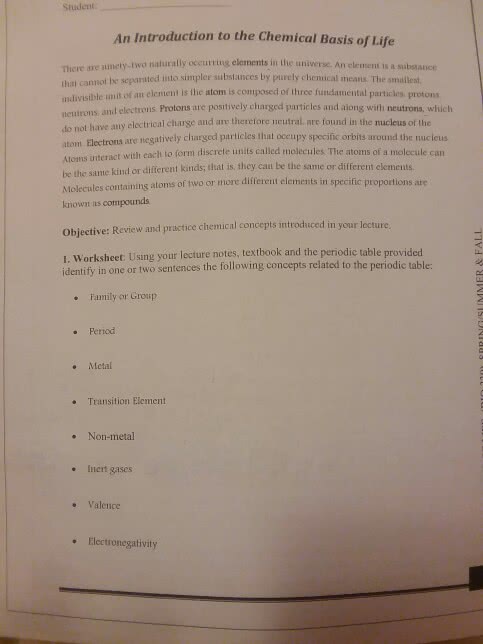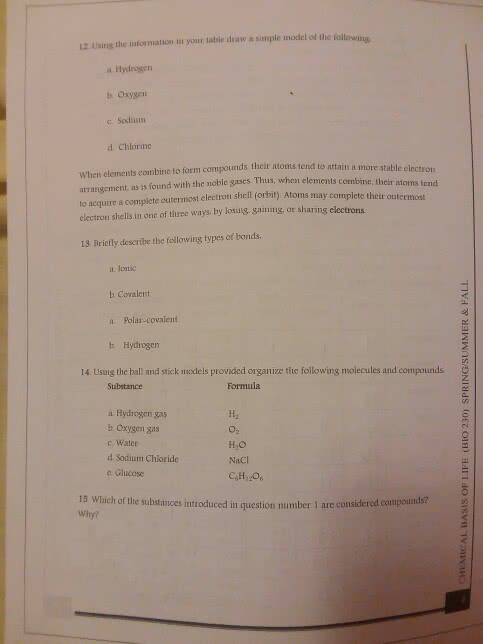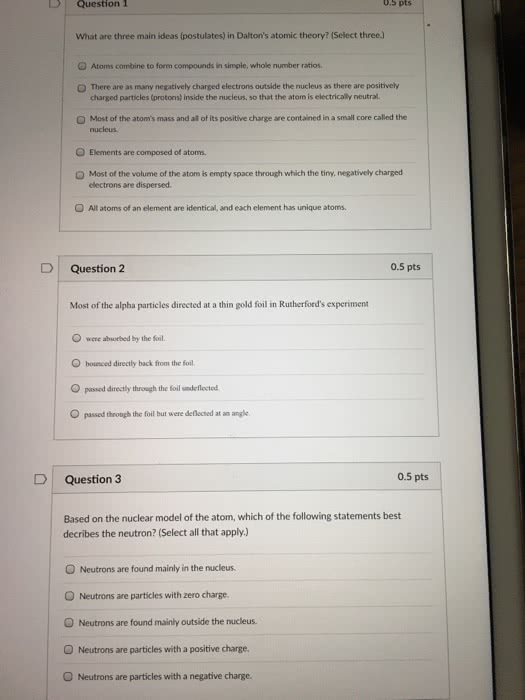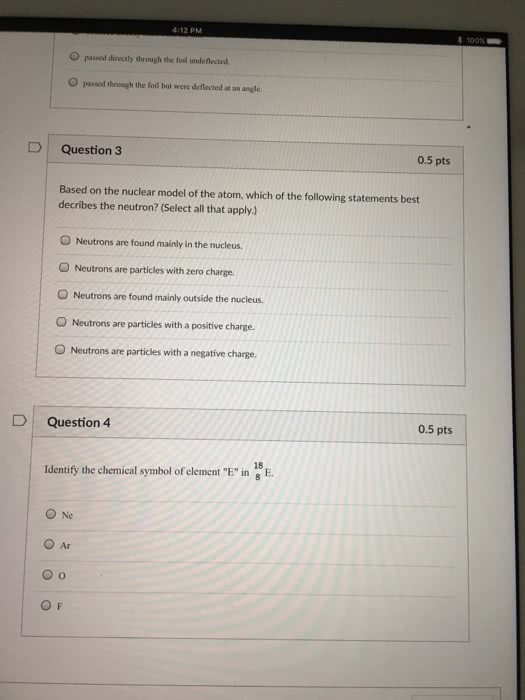FNN 111 Chapter Notes - Chapter 4: Fluid Balance, Chyme, Sucrase
Document Summary
All matter made of: protons: positively charged particles in nucleus of atom, electrons: negatively charged particles in the nucleus of the atom. Element: different types of atoms (100+); cannot be broken down into distinctive components. Elements e. g. calcium, iron, potassium found in earth"s crust. Matter that forms when 2/more atoms interact. Chemical bonds: attractions that hold these atoms together. Chemical formulas: used to identify molecules (e. g. water = h2o) Solutions: evenly distributed mix of 2 compounds: solvent: primary compound in solution, solute: lesser compound in solution. How easily a substance dissolves in liquid solvent. Fats insoluble & will not dissolve in water. Emulsifier (e. g. cha seeds) mixes some substances to dissolve in liquid solvent. Ions form when atoms lose/gain 1/more electrons (+) charge if atom loses electrons, (-) charge if gains electrons. Electrolytes formed when some mineral elements dissolve in water & form ions that conduct electricity (e. g. na+ and k+; in a solution)





